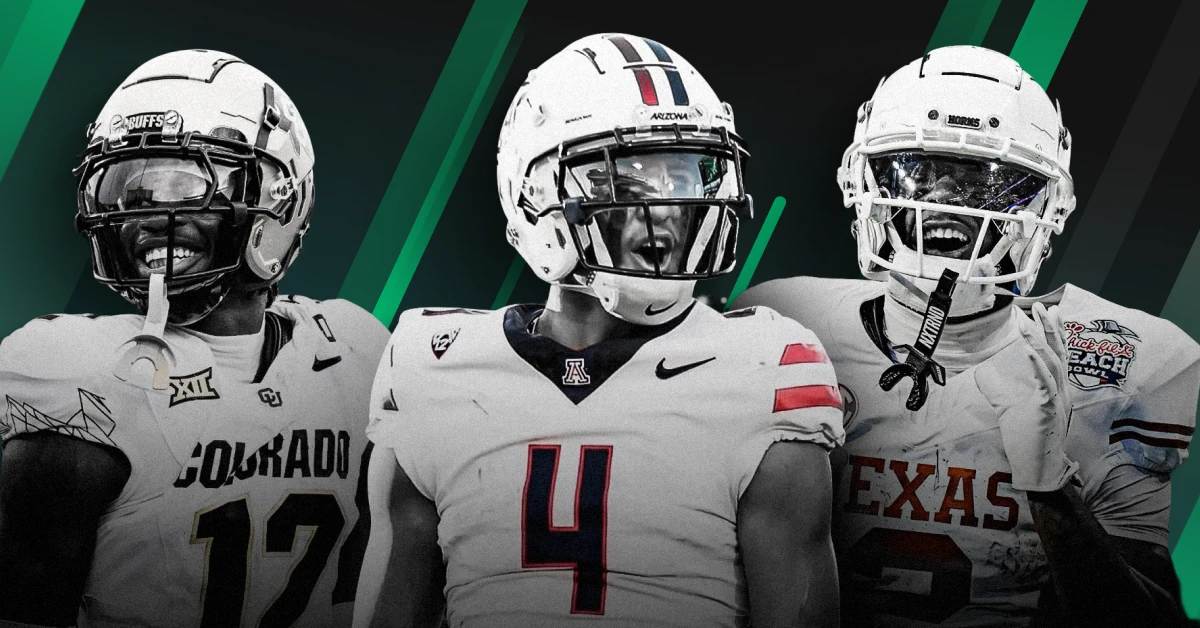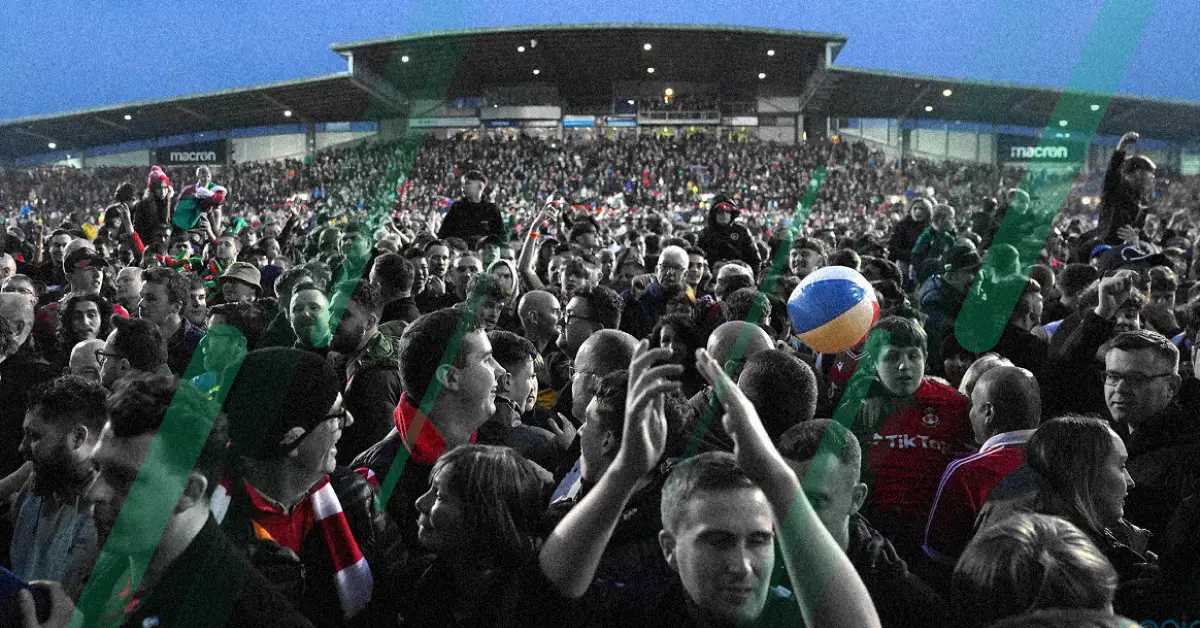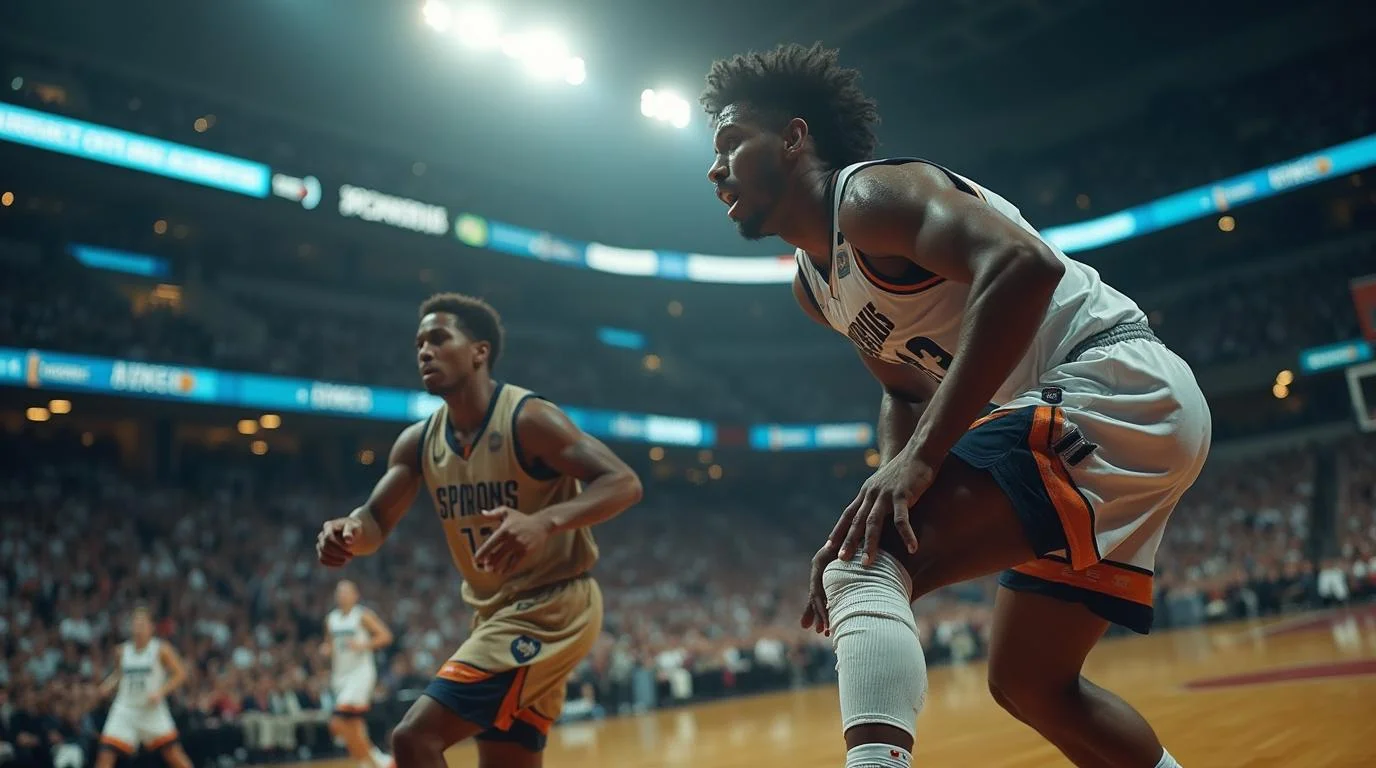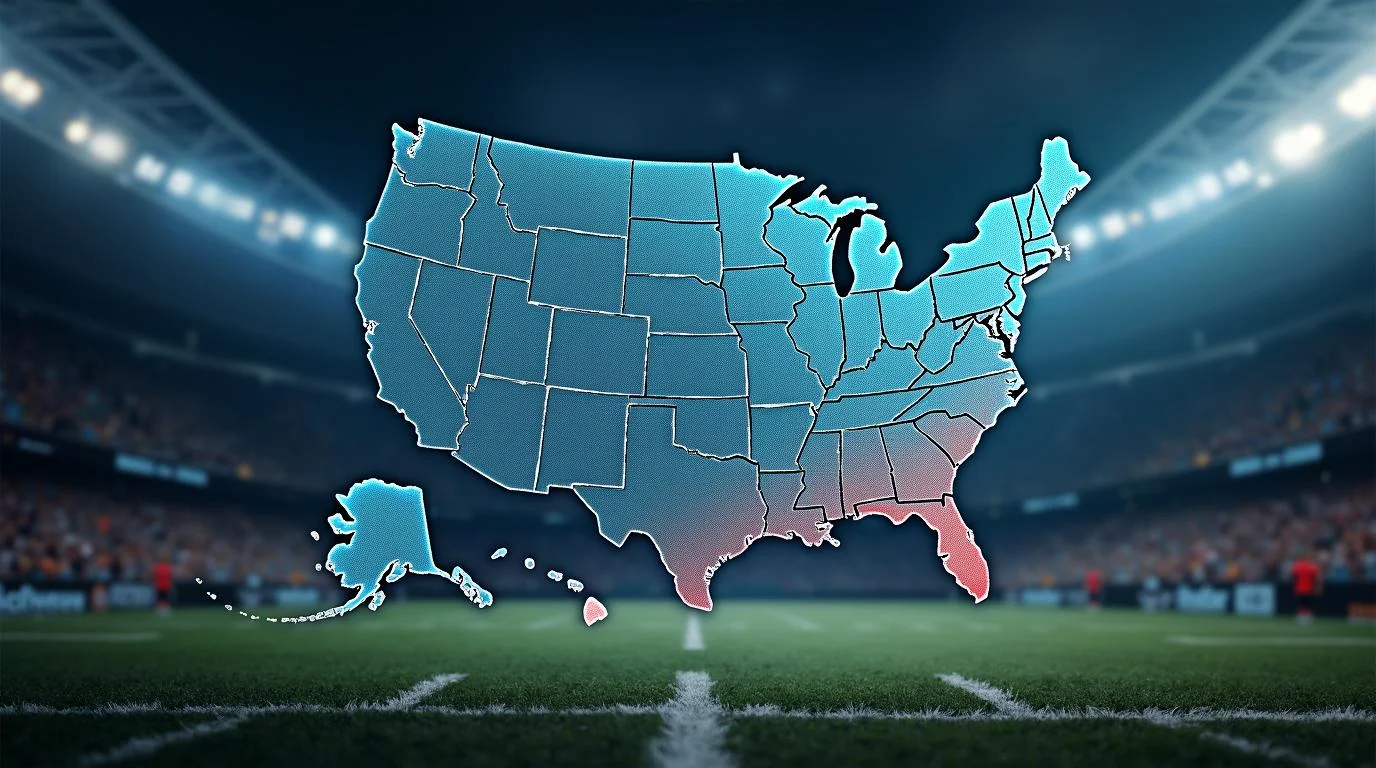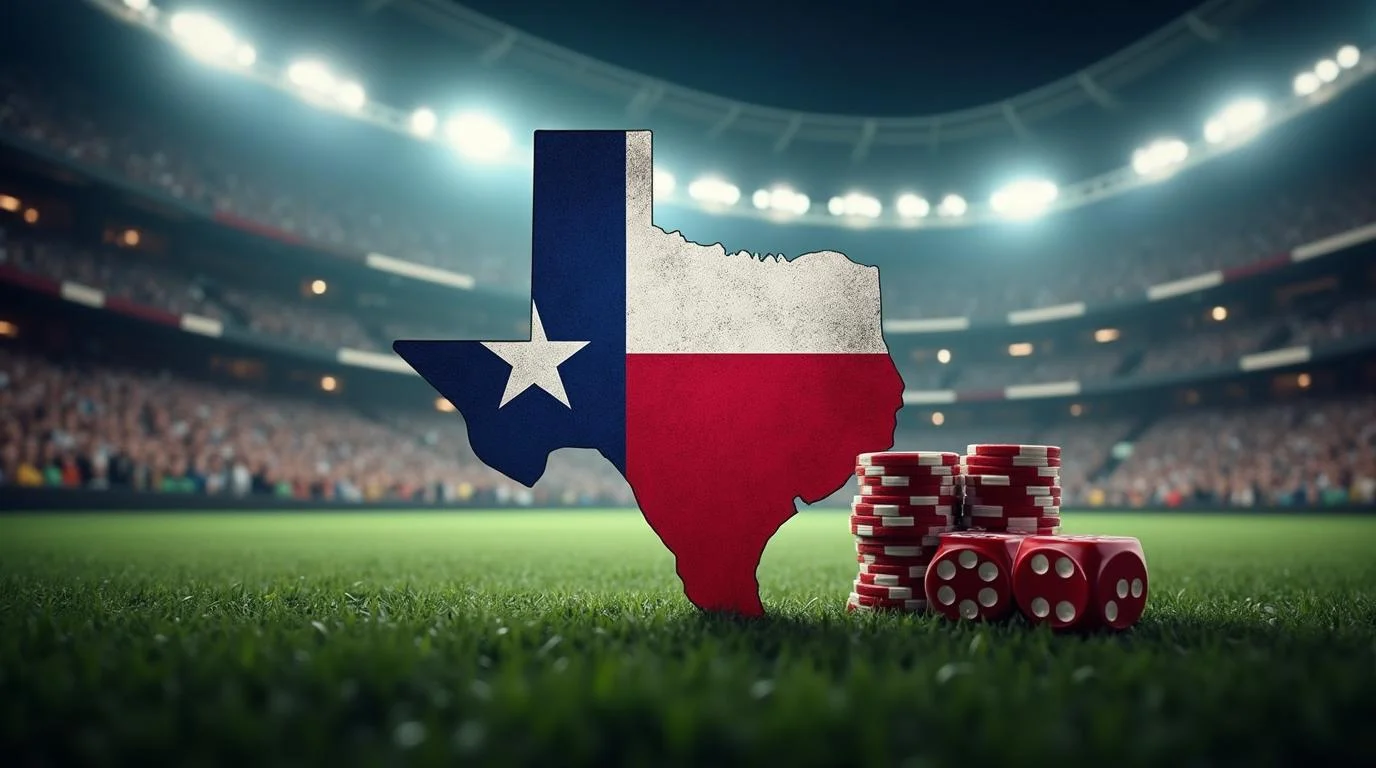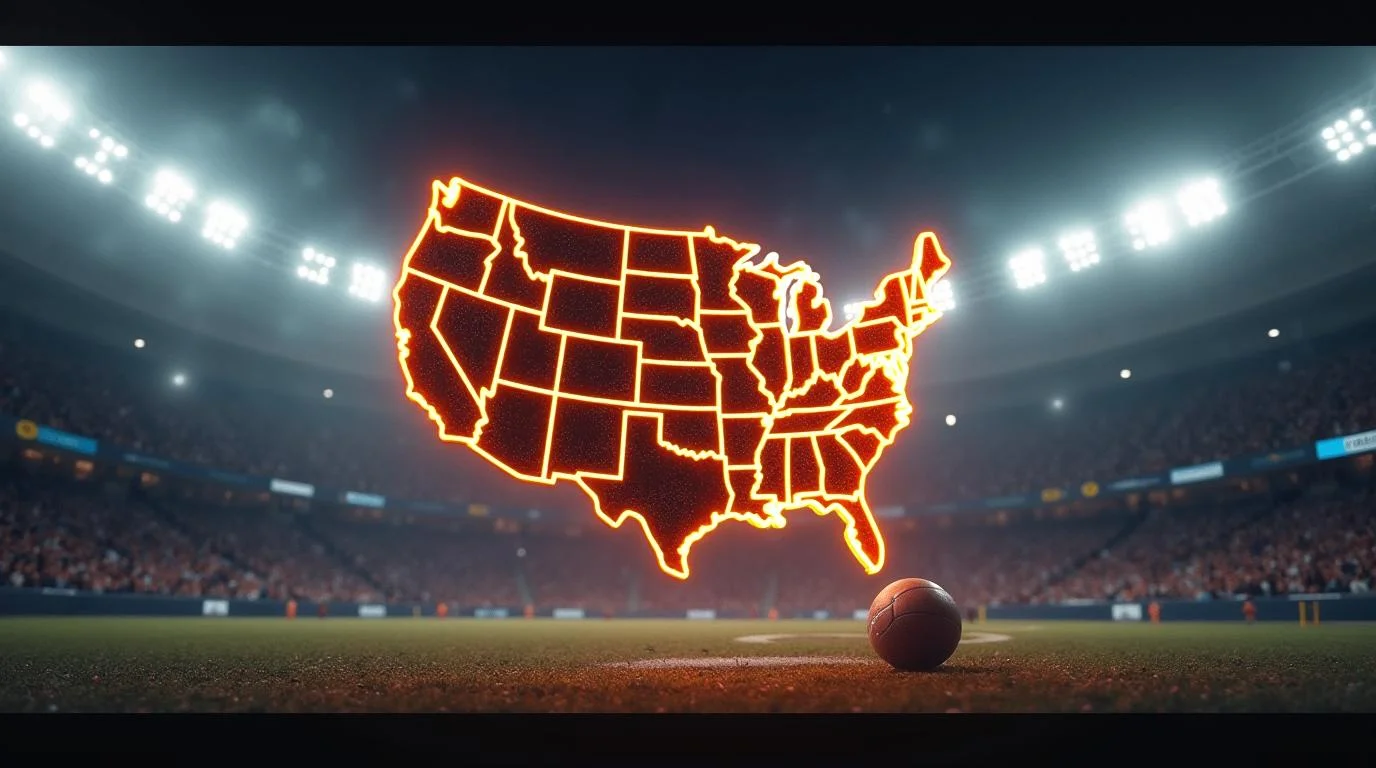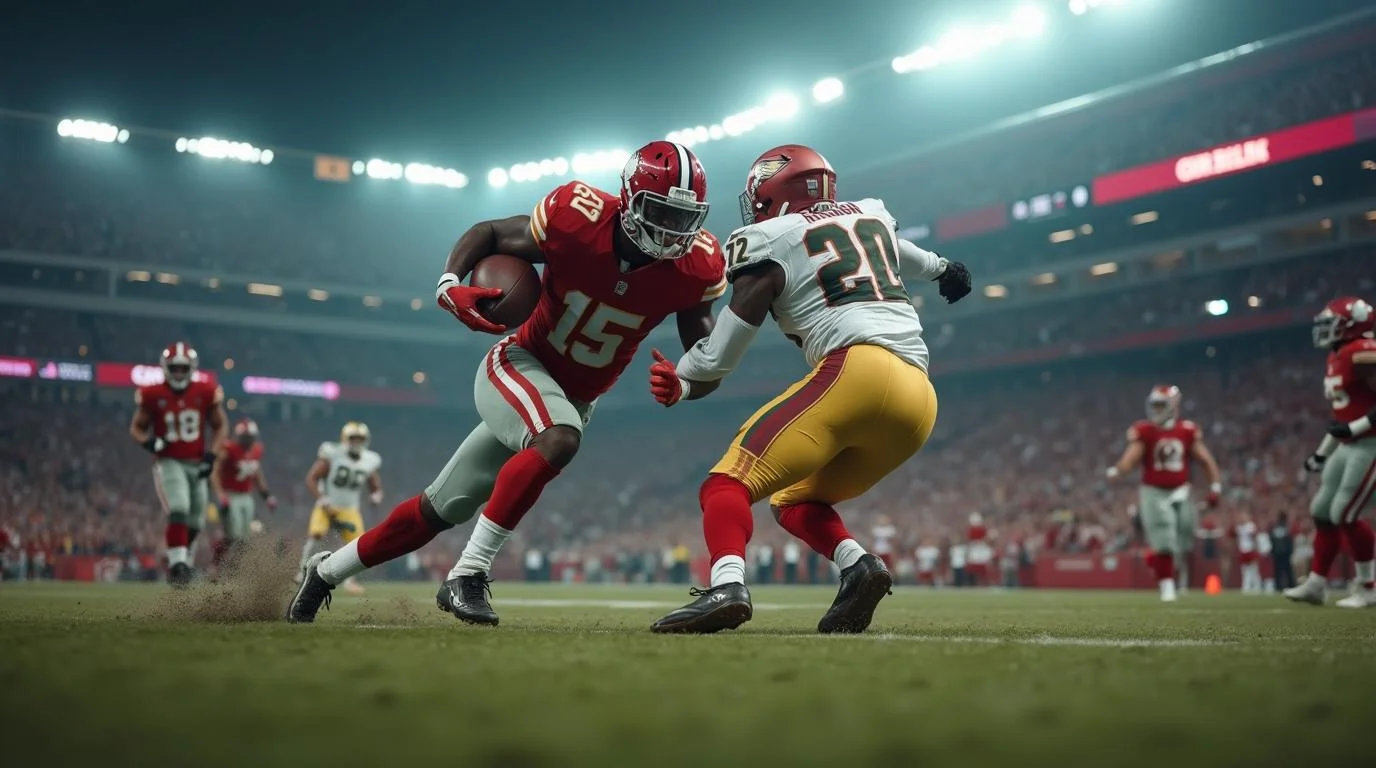Fan Support in the MLB
The MLB has one of the biggest fanbases over the years, and we have seen how massive the support has been occasionally. Considering that there are a total of 162 games for each MLB club in a single season, fans are definitely bringing themselves to a huge challenge to watch each and every single one of them – especially when these games take place on the road.
With MLB shifting a lot of focus on fan support through various avenues this year, such as improved streaming options, in-person fan experiences, and even elevated digital engagement, one can expect that the MLB is actively trying to hook its fans outside of the traditional TV viewing habits.
At this point, it is hard to argue that MLB fans are enjoying the big moments of the game, and being able to come up with live experience on the stadium. Over the years, we have seen drastic growth among fans in the MLB, and it is safe to say that they are going to enjoy bigger strides in the years to come.
MLB Average In-Game Fan Attendance (2015-2024)

Based on this data, the MLB consistently saw an average attendance of around 30,000 fans per game from 2015 to 2019. This period demonstrated strong fan loyalty and engagement, highlighting the sport's enduring popularity. In 2021, limited attendance (around 17,000 per game) was allowed, reflecting the cautious return of fans as COVID-19 restrictions were gradually lifted. While the number was lower than pre-pandemic years, it still signified the beginning of a comeback for fan attendance.
By 2022, average attendance began to recover to 26,843 per game, showing that fans were eager to return to stadiums. This recovery accelerated in 2023, with attendance rising to 29,295 per game. In 2024, the average attendance surpassed 29,500, signaling a complete recovery and even a slight growth compared to the 2019 levels. This highlights the importance of in-person fan experiences and how MLB games have successfully adapted to post-pandemic fan engagement.
The changing nature of fan engagement, with a greater emphasis on digital media and social media platforms, also plays a role in keeping fans connected to the game, even if they can’t attend every game.
Does Ticket Price Affect MLB Fan Attendance?
From 2015 to 2019, MLB ticket prices steadily increased from $29.90 to $34.04. This price hike reflected factors such as inflation, team performance, stadium upgrades, and overall improvements in the fan experience. While the increase was gradual, it mirrored the overall growth in the league’s financial standing.
Despite the rising prices, attendance in the 2015-2019 period remained relatively stable, suggesting that fans were still willing to attend games at the higher cost. The steady demand for tickets showed that MLB games were still seen as valuable experiences by fans.
MLB Average Ticket Prices From 2015 to 2024

In 2020, ticket prices were not reported, as there were no fans allowed in stadiums due to the COVID-19 pandemic. The lack of ticket sales during this period had a clear financial impact on MLB teams, but also made it clear how crucial fan spending is to the overall economics of the game.
As fans returned in 2021, ticket prices saw only a slight increase, from $34.04 in 2019 to $34.21. The pandemic’s impact on disposable income and general financial uncertainty likely kept ticket prices relatively stable, encouraging fans to return without feeling an overwhelming increase in costs.
From 2022 to 2024, average ticket prices climbed from $35.93 to $38.02. This trend reflects the economic rebound post-pandemic, where teams were eager to make up for lost revenue during the shutdown. Although this increase is noticeable, it aligns with broader economic factors like inflation and higher operating costs for teams and stadiums.
MLB teams have increasingly focused on improving the fan experience (better concessions, upgraded seating, enhanced digital interactions) in an effort to justify the rising ticket prices. These improvements likely help mitigate the impact of higher costs on fans, making the experience feel worth the price.
Age as a Factor in MLB Fan Attendance
When it comes to Major League Baseball (MLB), fan attendance is not just about showing up to the game — it’s also about understanding the demographics behind those fans. One of the most influential factors in determining how many people walk through the gates of a ballpark is age. Age groups not only shape the types of fans who fill the stadium but also influence how MLB engages with different audiences, both in-person and digitally.
Age Groups of MLB In-Game Fans in the United States

It’s no surprise that the largest group of in-game fans falls in the 50-64 and 65+ age brackets, making up a combined 48.5% of all MLB game attendees. These fans are often the most dedicated and passionate, having spent years — if not decades — following the sport. Many have fond memories of attending games with family or friends, and their loyalty to the teams and the tradition of baseball keeps them coming back for more.
For MLB, this older demographic represents a critical audience. Their long-term investment in the game often translates to higher spending on tickets, merchandise, and concessions. Furthermore, older fans are typically less price-sensitive, making them key to the financial success of the league.

The 35-49 age group makes up 24.1% of MLB in-game attendees, which is significant. This generation of fans grew up during baseball’s golden era in the late 1980s and 1990s, meaning they’re highly nostalgic and emotionally invested in the sport. At this stage in their lives, they are often in their prime careers, with enough disposable income to regularly attend games, especially when teams are performing well.
One of the key challenges for MLB is the noticeable age gaps in its fan base. While older generations are incredibly loyal, the younger age groups, particularly those under 35, are underrepresented in stadium attendance. This is a trend MLB is working hard to reverse, especially with the decline of younger people attending traditional sports.
Understanding Fan Attendance in MLB Games
Fan attendance in MLB games is a critical indicator of the sport's ongoing appeal, and it reflects the dedication and loyalty of its diverse fan base. Over the years, MLB has seen consistent support from fans, particularly before the pandemic, with average attendance hovering around 30,000 fans per game from 2015 to 2019.
This period demonstrated a strong commitment to the sport, with fans eagerly filling stadiums to witness the live excitement of the game. However, the COVID-19 pandemic significantly disrupted this, with 2020 seeing no fans in the stands and limited attendance in 2021 as restrictions eased.

As the world gradually returned to normal, so did MLB attendance. By 2022, the number of fans returning to the ballparks began to rise, with a recovery trend continuing into 2023 and 2024. The attendance levels in 2024, surpassing 29,500 fans per game, signal that MLB has not only recovered from the pandemic’s impact but has also seen growth in fan engagement. This highlights the importance of the in-person game experience and how vital fan connection is to the sport's success.
The MLB’s ability to maintain high levels of fan attendance, even amidst rising ticket prices, reflects the enduring appeal of the sport. The league's efforts to improve fan experiences, adapt to digital consumption habits, and adjust to economic changes will be crucial in maintaining and growing this dedicated fanbase in the years to come.
















_800x800.webp)



